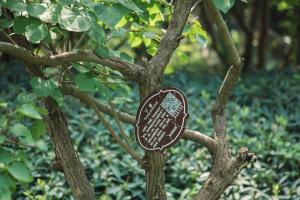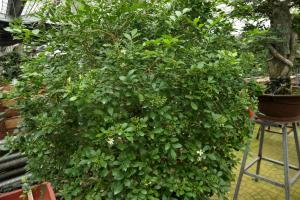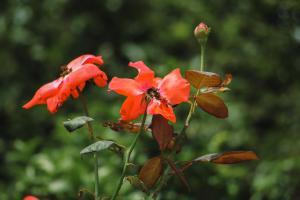Where to Plant Olive Trees in South Africa
South Africa is a country with a diverse climate that can be suitable for growing different fruits and crops. Olive trees have become a popular choice among farmers and gardeners due to their adaptability and the health benefits of olive oil. If you are planning to start an olive farm or add olive trees to your garden, here are some factors to consider for the ideal planting location.
Climate
Olive trees come from the Mediterranean region, where the climate is generally mild and temperate. Therefore, they thrive in areas with a Mediterranean-like climate, characterized by hot, dry summers, and mild, wet winters. In South Africa, regions like the Western Cape and parts of the Eastern Cape have a Mediterranean climate that suits olive cultivation. Coastal areas tend to have greater humidity and milder temperatures than inland areas, which can affect the growth and quality of the olives.
Soil
The soil type, fertility, and drainage are critical factors that affect the growth and yield of olive trees. Generally, olive trees prefer well-drained, loamy soil that is rich in organic matter, with a slightly alkaline pH of between 7 and 8. They do not tolerate waterlogged soil, heavy clay, or rocky soil that can impede root growth. The ideal soil type for olive trees in South Africa is found in regions like the Karoo, where the soil is deep, well-draining, and nutrient-rich.
Altitude
The altitude of the planting area can influence the olive trees' growth, hardiness, and yield. Generally, olive trees grow well at moderate elevations of between 200 and 600 meters above sea level. Higher elevations may experience frost and low temperatures, which can damage the trees and reduce the yield. Conversely, lower elevations may have higher humidity, pests, and diseases, which can also affect the olives' quality.
Water Availability
Water is a critical factor in olive cultivation, and the trees require adequate hydration throughout the growing season to produce high-quality fruit. However, olive trees are drought-tolerant and can survive in areas with minimal rainfall. In South Africa, regions like the Western Cape and the Karoo have limited rainfall but have reliable irrigation systems that sustain olive cultivation. Farmers and gardeners can also use different water harvesting and conservation methods to enhance the water availability for the trees.
Conclusion
Choosing the ideal location to plant olive trees in South Africa depends on several factors, including the climate, soil type, altitude, and water availability. The Western Cape and parts of the Eastern Cape have a Mediterranean climate that suits olive trees' growth, while the Karoo has the ideal soil type for cultivation. With proper irrigation systems and water management, farmers and gardeners can grow healthy and productive olive trees in South Africa to enjoy their fruits' benefits.

 how many times do yo...
how many times do yo... how many planted tre...
how many planted tre... how many pine trees ...
how many pine trees ... how many pecan trees...
how many pecan trees... how many plants comp...
how many plants comp... how many plants can ...
how many plants can ... how many plants and ...
how many plants and ... how many pepper plan...
how many pepper plan...
































